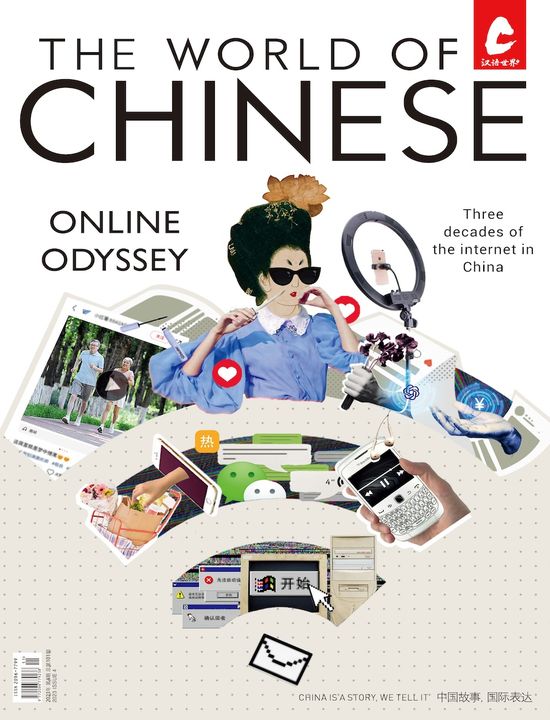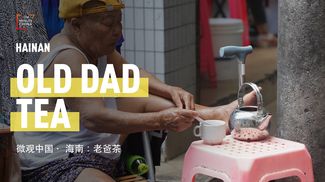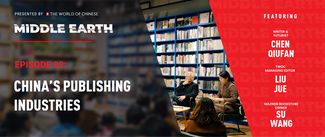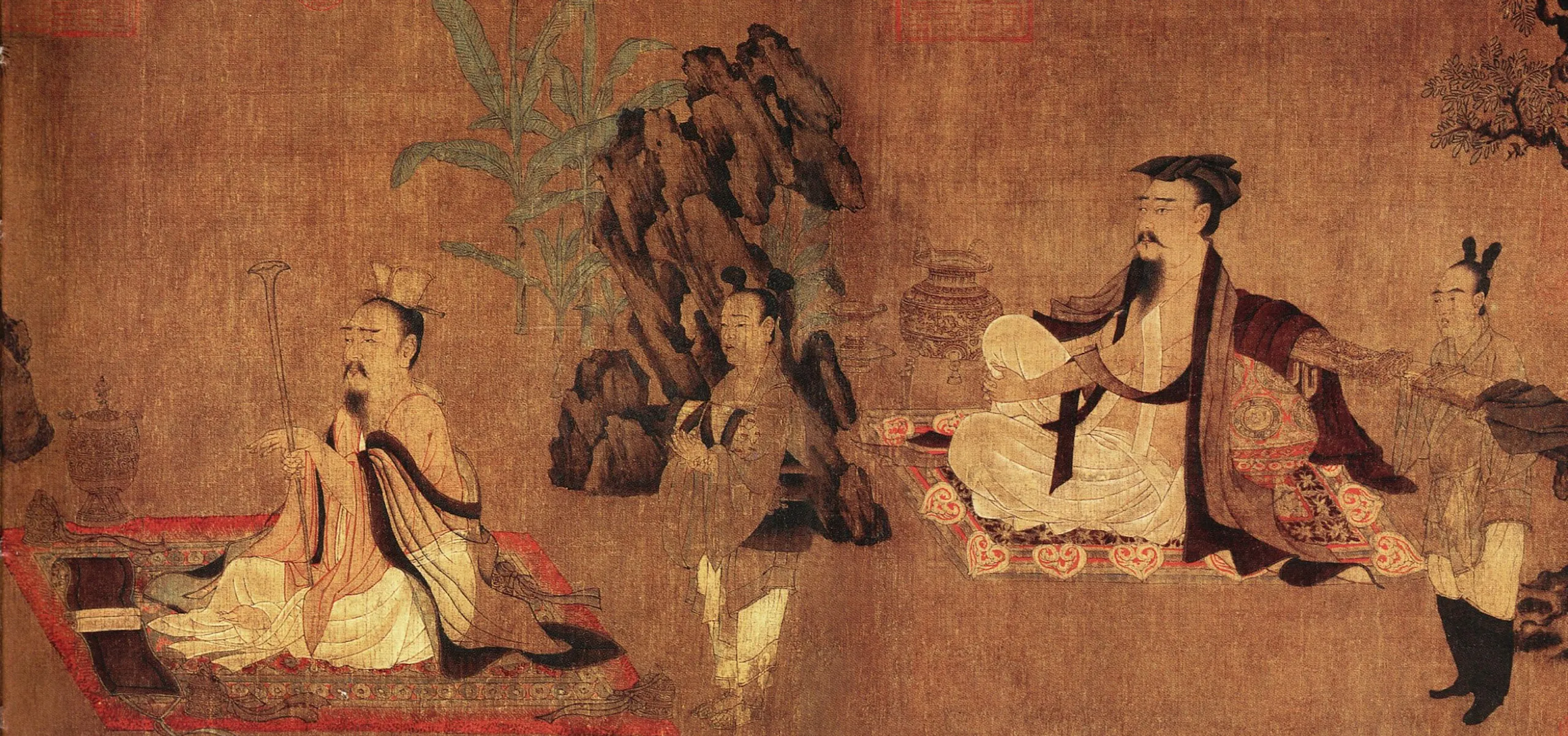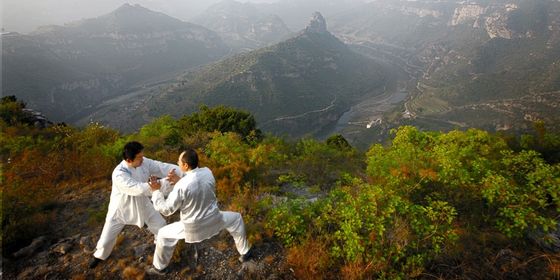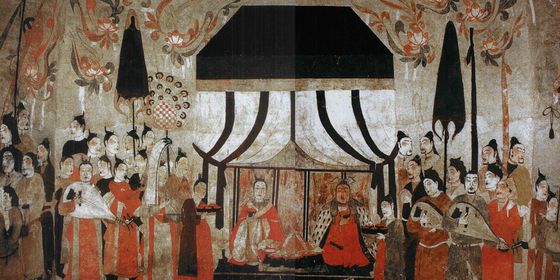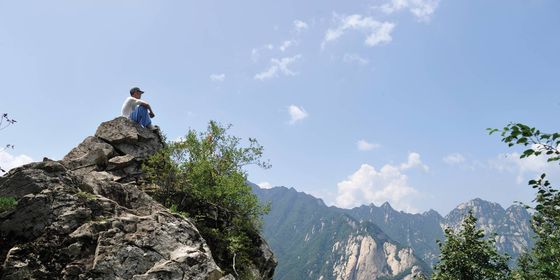Keeping cool with no electricity was no easy feat in ancient China
There is nothing worse than being sweaty and flustered on a scorching summer day, but at least we're able to escape into beautifully air conditioned buildings these days. Before electric fans and air conditioning units, people in China weren't so lucky—and the heat could be fatal.
Imperial records show that 11,400 people perished in Beijing in the summer of 1743, as temperatures soared to over 44 degrees Celsius for dozens of days on end. While during the Tang dynasty (618 – 907), the poet Wang Wei (王维) wrote Harsh Summer (《苦热行》) to complain about the sultry season: “Grass and trees are scorched; rivers and lakes are dry.”
Given the hazards of hot temperature, ancient Chinese thought it was best to rest during the hottest days. One old saying stated: “A true man never makes money in the scorching sixth lunar month.” Even criminals sentenced to death were reprieved until after the summer months until "autumn executions (秋决)" began. Staying cool was clearly a serious matter in ancient China, but luckily they had some ingenious ways to avoid the worst of the heat.
Dressing for the weather
Bikinis were out of the question back then, but thin, translucent materials helped folk stay cool. A painting from the sixth century named Proofreading in the Northern Qi Dynasty (《北齐校书图》) by artist Yang Zihua (杨子华) shows scribes wearing loose-fitting robes with slip dresses underneath as they worked.
In 1972, archeologists unearthed a silk robe weighing just 95 grams from the Western Han dynasty (206 BCE – 25 CE) in the Mawangdui Han Tombs in Changsha, Hunan province. The thin yet durable dress was known as susha danyi (素纱襌衣), or "plain silk single robe." The garment was named for its plain color and the fact it could be worn as a single layer with no other clothing.
However, the silk robes of scholars and officials were not affordable to most common folk. Instead, they might wear zhuyi (竹衣, "bamboo clothes"), which helped the wearer avoid sweating and didn't stick to their skin. In addition, women sometimes wore jingyi (胫衣), which were long pants with an open crotch. Wearers would also don a long skirt known as a chang (裳) to cover up their genitals.
